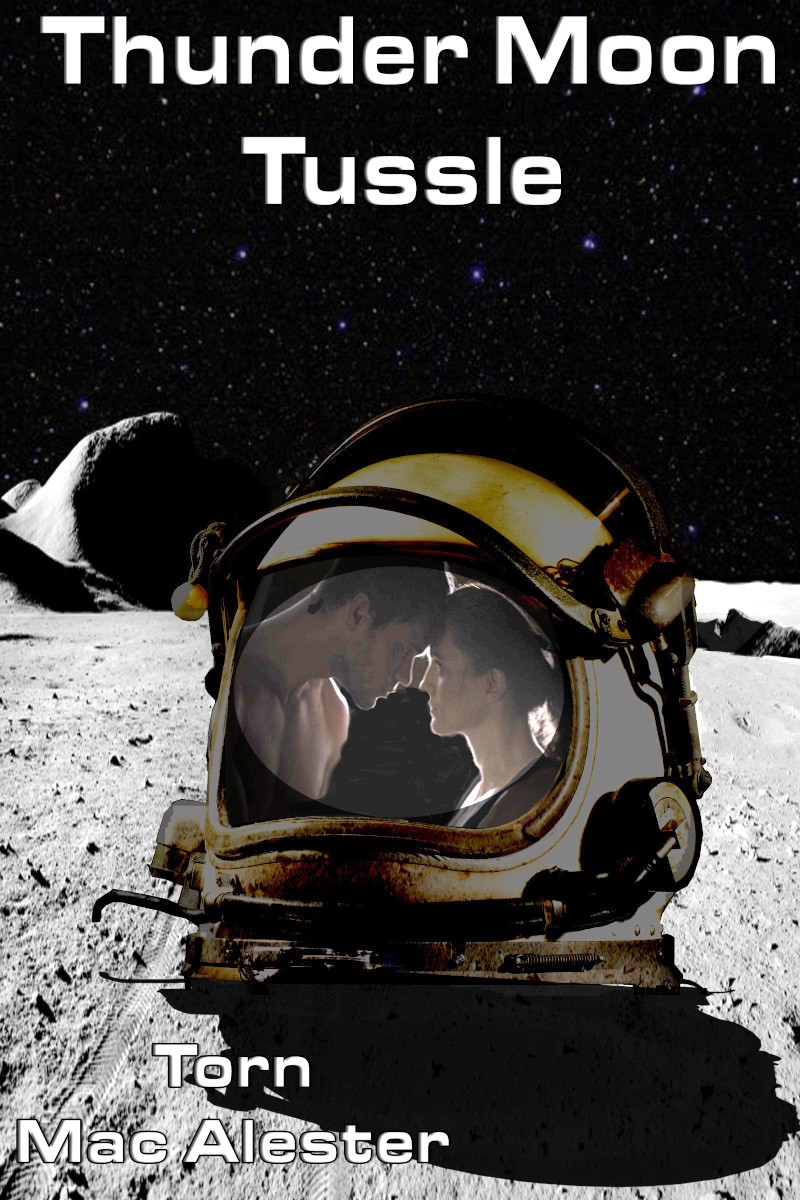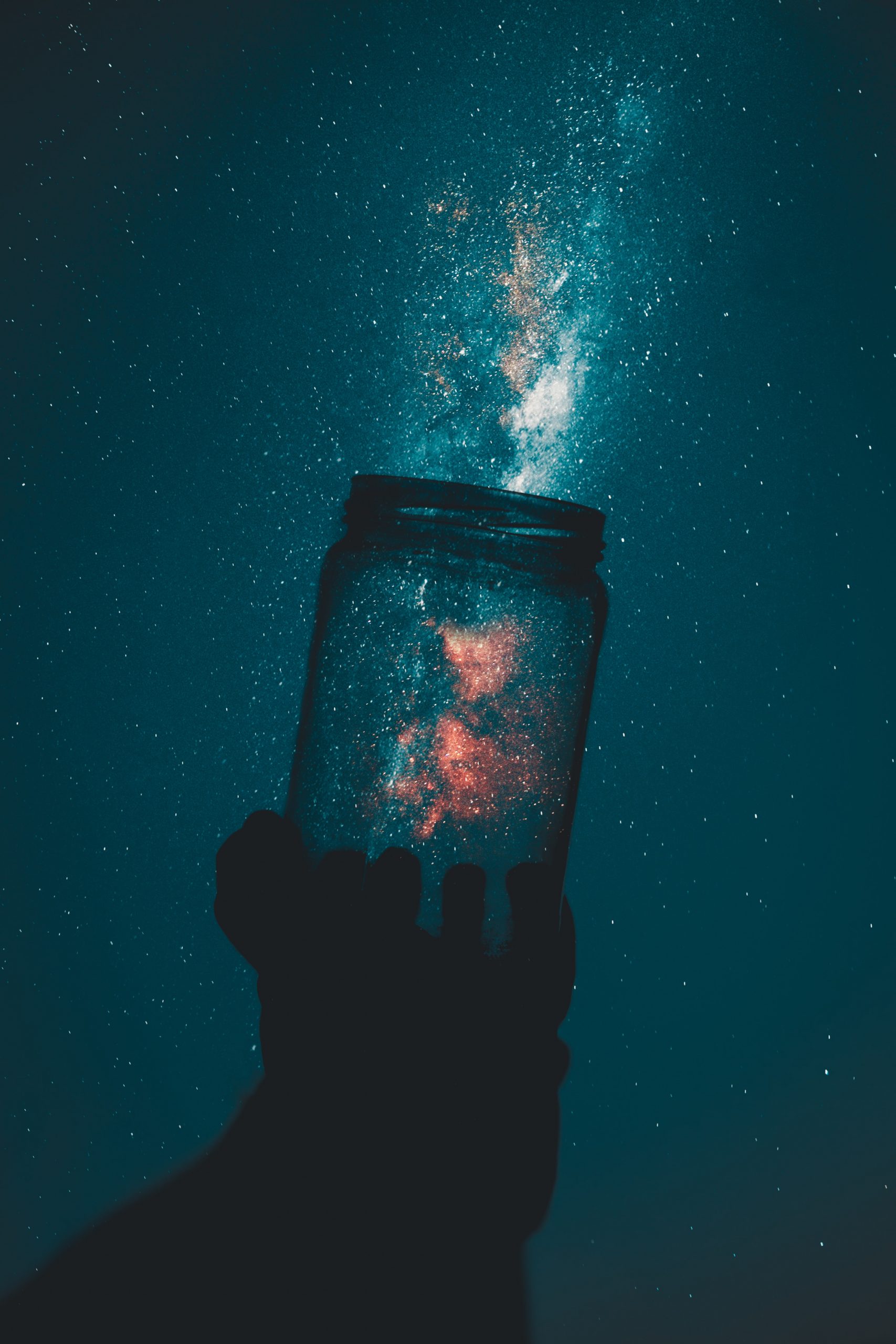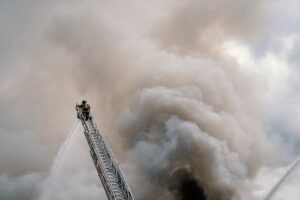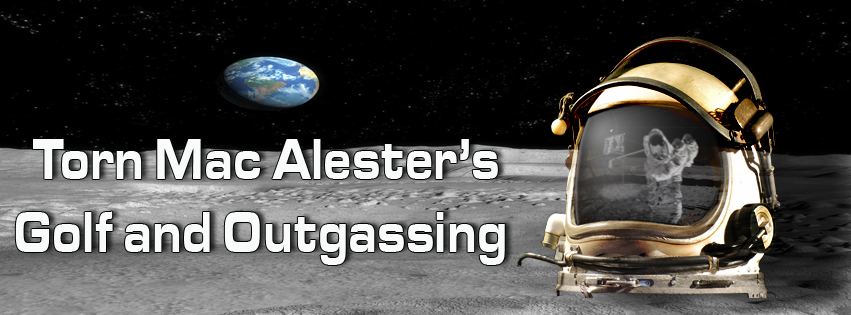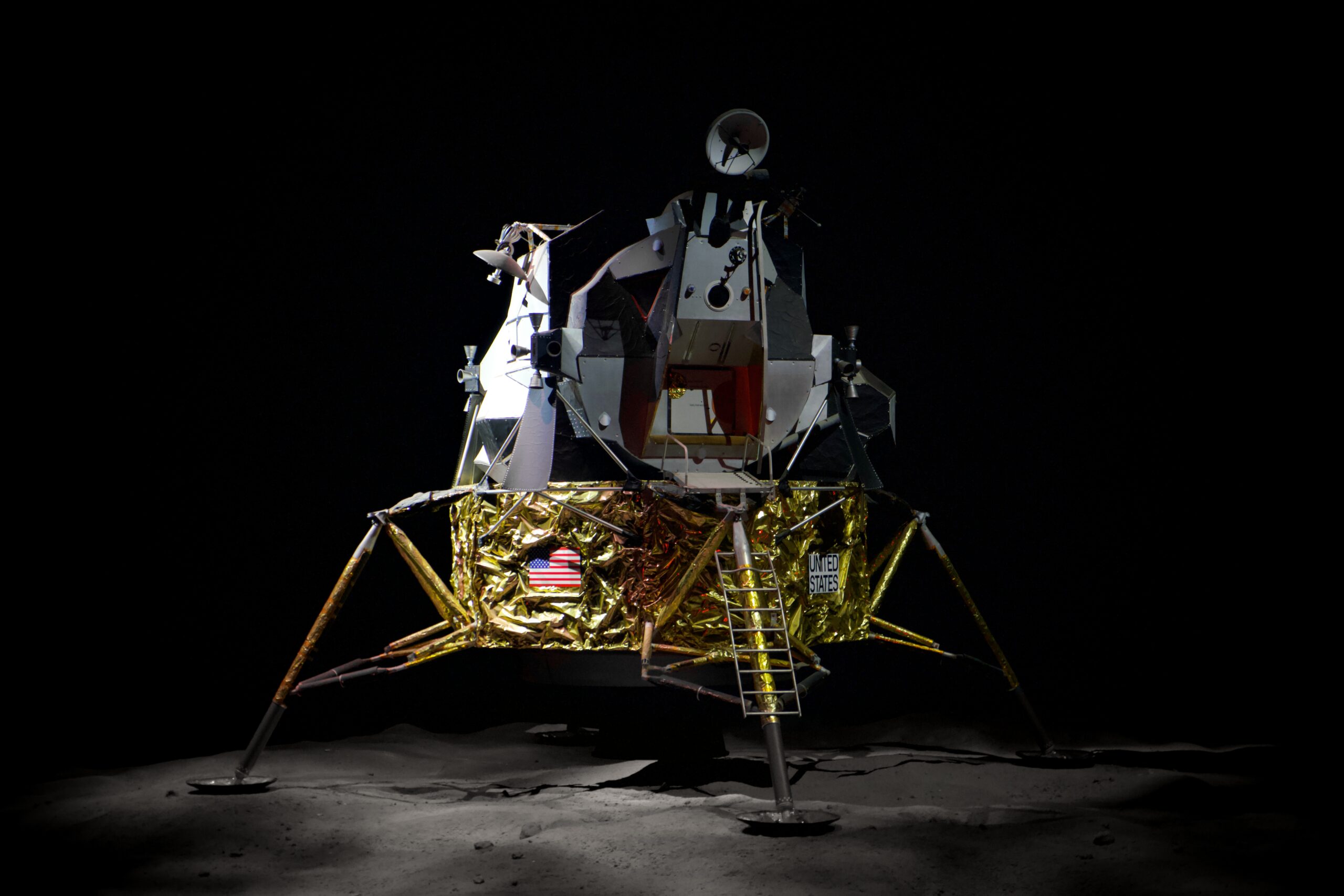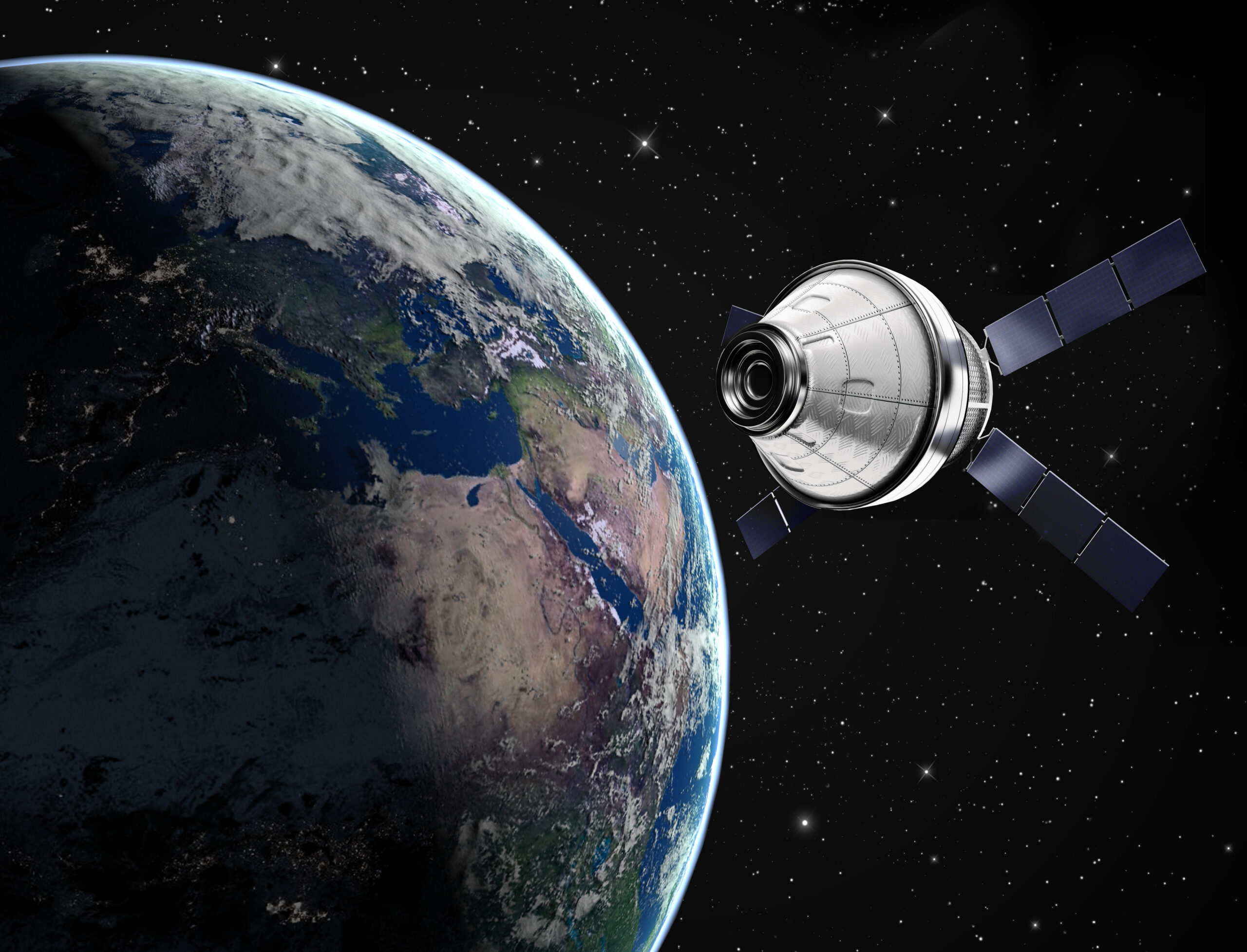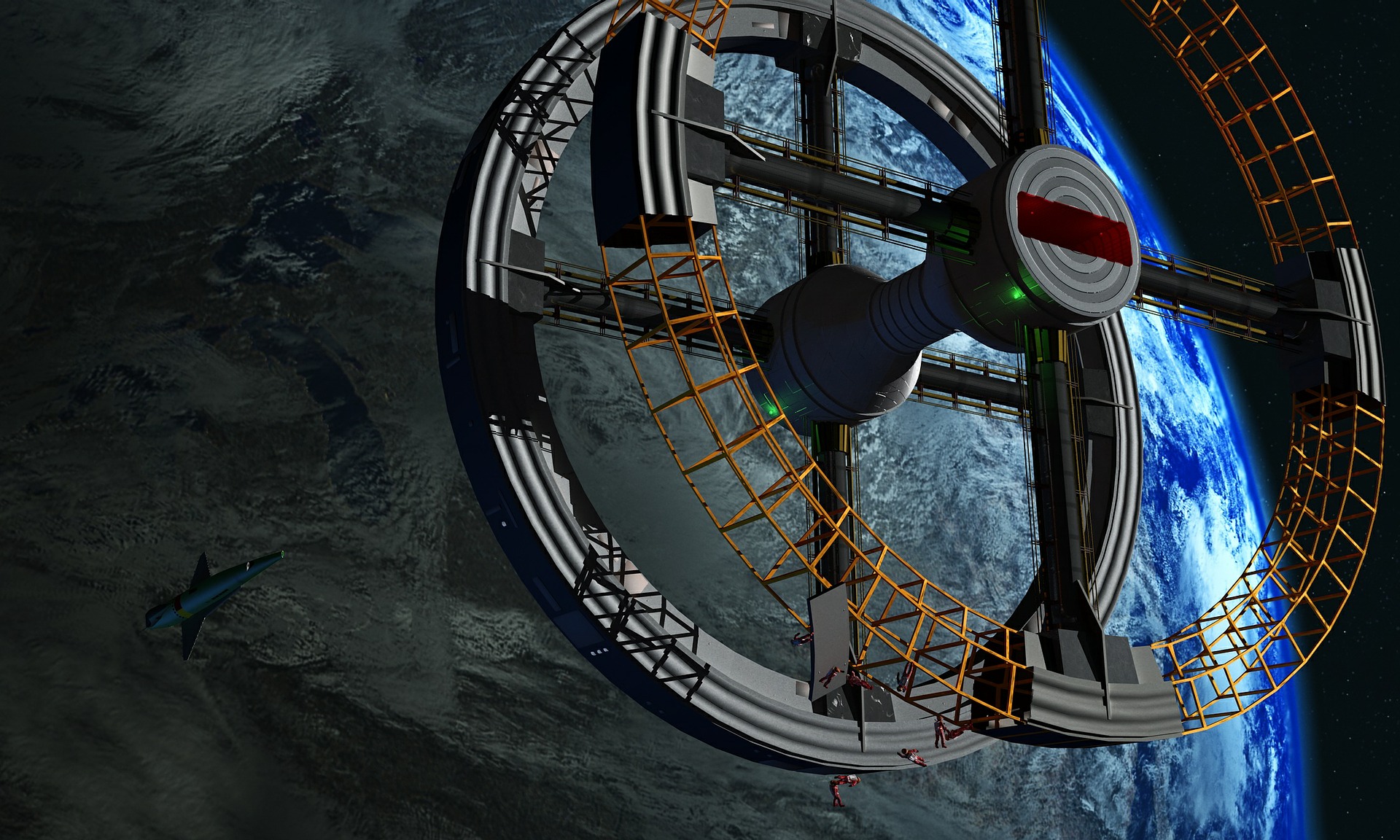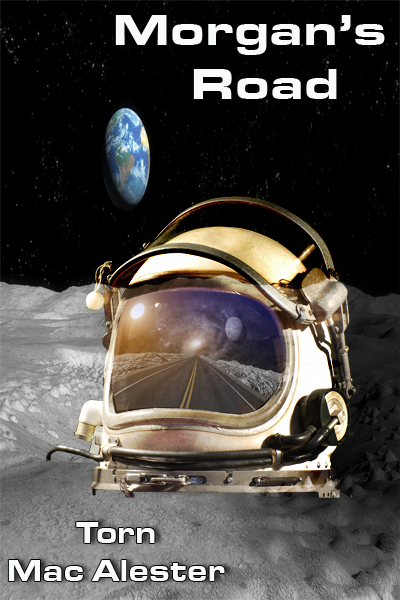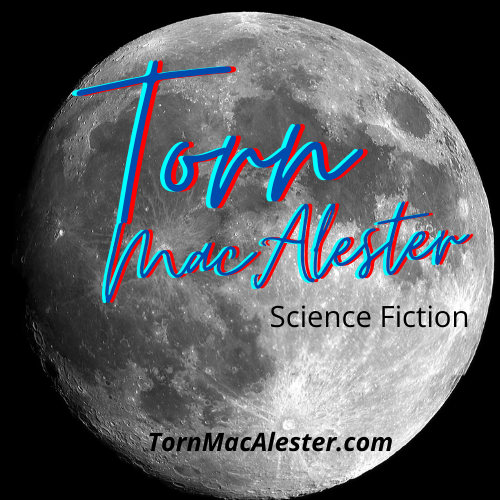
Featured
Fusion
Why is fusion so important?
There are many answers. One is that it enables many items from science fiction. Space exploration itself is revolutionized with many different schemes for fusion engines. The benefits are mainly about power. For fusion, there is a lot of it.
In science, one can look at a periodic table of elements. You will notice the masses of a Hydrogen is 1.00784 atomic mass units. The mass of Helium, the next heaviest element, is 4.002602 atomic mass units. Four Hydrogen atoms have a mass of 4.03136, a difference of 0.028754 atomic mass units. When fusing those 4 hydrogen into helium, that extra mass is turned into energy using Einstein’s famous formula . For this case, 0.028754 amu = 4.774716716e-29 kg gives 4.29e-12 Joules of energy. This energy density is about 10 million times greater than coal.
For space travel, the mass is your enemy. Fusion provides energy density far better than any other source. And it has the advantage of continuing to work at distances far from the Sun where solar power becomes useless. It can run electric drives or even fusion powered drives. Here are some interesting articles on fusion.
In science fiction, fusion is assumed to be the necessary energy source for a type I civilization on the Kardashev scale. It seems to be the logical progression of Earth advancing into a type I civilization is the advent of nuclear fusion as a power source. One could argue that even a type II civilization is enabled by nuclear fusion.
Here is a nice story from 60 minutes that was 60 years in the making.
Thank you for your patience
Torn’s Science Fiction, Technology, and Science publication rate was disrupted by events outside the author’s control.
This week’s discord chat
Week of Mar 19 2023 [19th at 1 PM EDT (6 PM GMT), 22nd at 9 PM EDT (23rd 2 AM GMT)]
- TBD
Currently Reading
The Space Environment: Implications for Spacecraft Design — Revised and Expanded Edition by Alan C. Tribble
Lunar Sourcebook: a Users Guide to the Moon edited by Grant H. Heiken, David T. Vaniman, and Bevan M. French
Recently Read
2001: A Space Odyssey by Arthur C. Clarke
Destination—Death by Wilber S. Peacock
The New Frontiers Series, Book One: The Ship by Jack L. Knapp
A new novel by Torn MacAlester
The long awaited sequel to Thunder Moon Tussle:
Mask of the Joyful Moon
Coming Soon
This Week’s Short Fiction by Torn MacAlester
This week I present the events in the vignette: The Mountain.
Science
Suppose that the Earth was tidally locked to the Sun. On the day side, the temperature races up and evaporates water. It becomes a hell that would be intolerable to life. On the night side, the opposite happens. The frozen darkness would also be intolerable. So what happens at the day/night terminator?
Here is an article from phys.org about tidally locked exoplanets and how some might have these rings of habitability.
